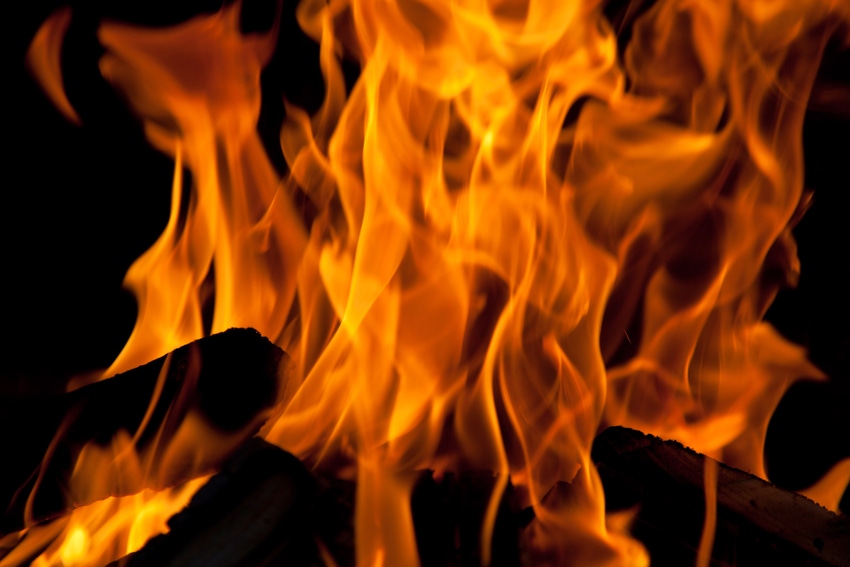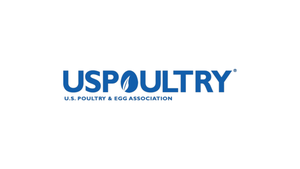NFPA releases revised code for animal housing facilities
The National Fire Protection Assn. focused the revisions on risk assessment, emergency planning and performance-based design to create an approach focused on safety outcomes.

The National Fire Protection Assn. (NFPA) has released a new version of a long-standing code related to fire and life safety in animal housing facilities and, in doing so, taken into consideration animal needs and behavior under the guidance of industry experts.
NFPA sets fire standards adopted by state and local governments and used by insurance companies.
One of the goals of the new NFPA 150 was that of coming up with protection schemes that work for man and animal alike, NFPA stated in rolling out its revised code. Conventional strategies employed by fire protection engineers to protect life and property can quickly go out the window when the occupants have hooves, fur, scales, tails or feathers. Likewise, the group said, fire protection methods that work in the human world aren’t necessarily viable for animals.
“During a fire, animals of the same species can exhibit very different, as well as unpredictable, behavior, and those difference are magnified between different species. Survivable conditions also vary dramatically between species; small animals, for example, generally succumb to smoke faster than larger ones. Because of these variations, traditional fire protection methods meant to protect humans might be unusable in animal settings. Many sensitive marine animals, for instance, could more readily die from sprinkler water contaminating their tanks than from the immediate effects of fire,” said NFPA in an article in NFPA Journal.
NFPA 150 has existed as a standard in some form since 1979, but up until 2006, was focused solely on racehorse stables. Today it covers zoos, pet stores, shelters, stables, veterinary clinics, research facilities and agricultural barns.
The just-released 2019 edition is the result of a comprehensive rewrite. In the prior document, animal housing facilities were split into just two categories. By comparison, the just-established version contains seven categories, including animal healthcare, horse facilities, research, exhibition/public viewing, general board and care, agriculture and emergency housing facilities.
Each chapter of the code provides guidance specific to each type of facility, including details on fire protection systems, egress, smoke control, risk management plans and facility operations. The code also contains general guidance on other details, such as construction and separation and performance-based design options.
Among the requirements are that doorways be one and a half times the average width of the largest animal. In research facilities there must be clear signage for first responders on the biological and other threats the animal might pose. In racehouse stables, bells cannot be used in fire alarms as there are audible prompts for horses to bolt as on race day.
Previous versions of NFPA 150 did not spell out specific provisions for agricultural facilities but the new code includes specific requirements for an array of life safety items, including such things as the location of automatic smoke and carbon dioxide detectors, minimum distances to exists, storage of hazardous or flammable materials, minimum spacing between barn buildings, fire drill frequency and more.
NFPA acknowledges that when it comes to animal facilities, there is great variety and uniqueness among facilities, which makes it impossible to address every scenario that exists. As a result, NFPA said it focused the revisions on risk assessment, emergency planning and performance-based design, an approach that it says is focused more on safety outcomes over that of the means to achieve them. The code instructs users, as part of the design phase, to consult animal experts who are well versed in a particular species’ needs and temperament.
NFPA data indicate that from 2012 to 2016 there were an average of 3,010 fires reported per year in or at livestock production properties in the U.S. The estimated result of the loss was more than $60 million in property damage. During that same period, there was an average of 1,190 fires reported annually in or at livestock or poultry storage properties, resulting in $31 million in property damage per year.
About the Author(s)
You May Also Like



